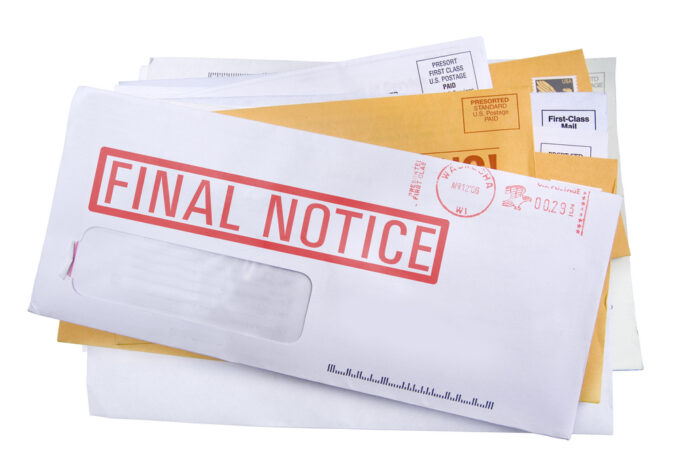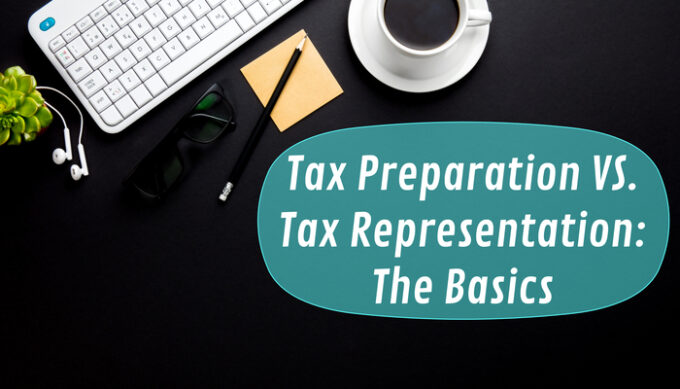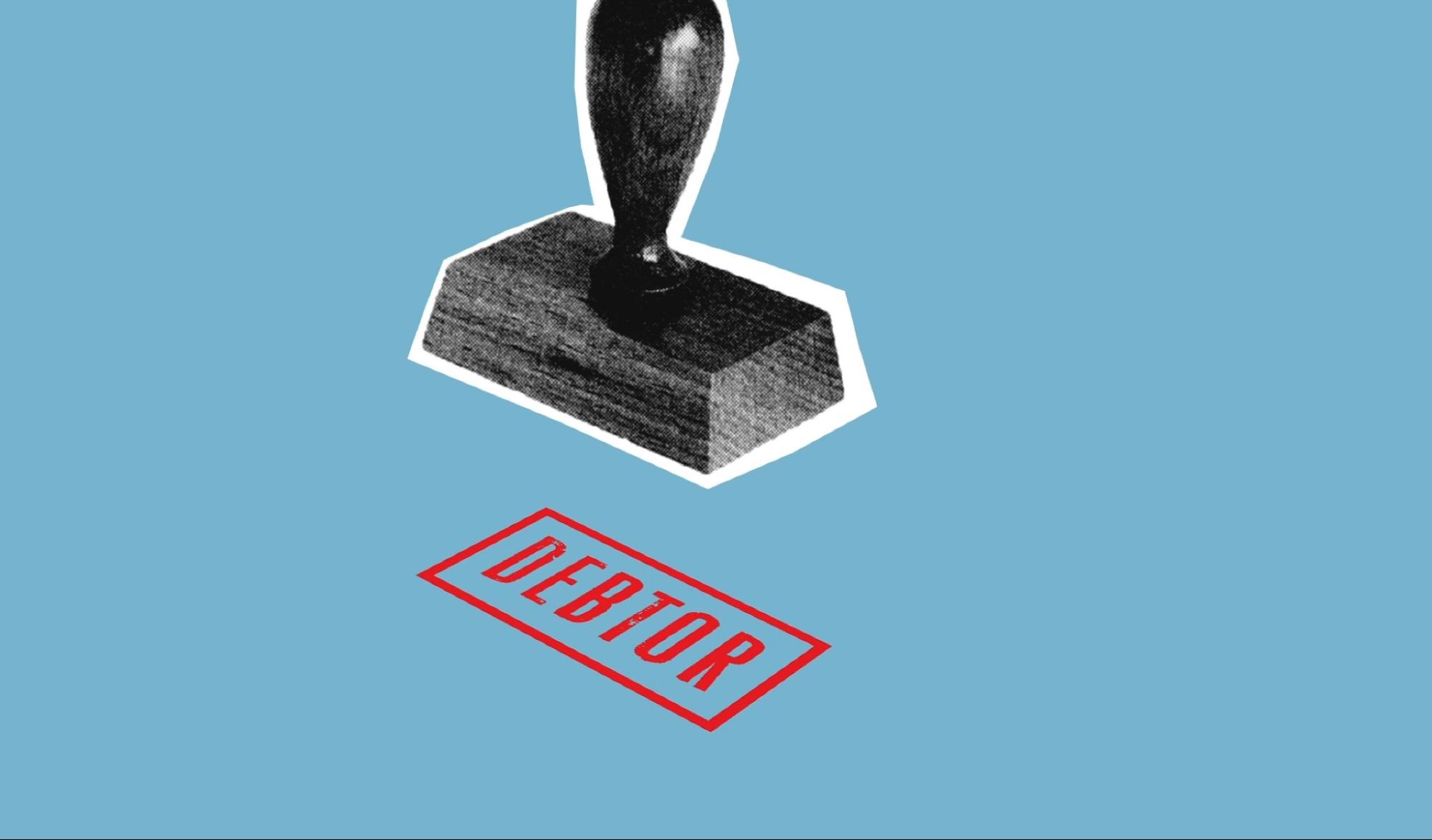Tax season is often met with dread, but even more daunting is the fear of falling behind on tax payments and finding yourself in tax debt. Dealing with the IRS can seem overwhelming, but by understanding what to expect and your available options, you can navigate these financial waters with a clearer perspective.
Below, we delve into the key aspects of IRS communication and what it means when you owe tax debt.
1. Initial Notices And Understanding Your Debt

Before anything else, the IRS will make you aware of your tax debt by sending notices. They don’t come knocking on your door without prior communication. These notices will detail the amount you owe, including penalties and interest.
If you’re unable to pay the full amount right away, the IRS offers a solution: an installment payment for tax debt. By setting up a monthly payment plan, you can gradually pay off your debt. The installment agreement allows taxpayers to pay in smaller, manageable chunks, easing the financial burden.
However, it’s essential to note that interest and penalties will continue to accrue on unpaid portions until the full amount is settled.
2. Increased Communication
Should you ignore the initial notices or fail to establish a payment plan, the IRS will increase its communication frequency. Subsequent notices might be more demanding, and you’ll likely receive phone calls.
At this stage, it’s crucial to engage and not ignore the communication. Demonstrating a willingness to resolve the debt can work in your favor.
3. Tax Liens
If tax debts are not addressed, the IRS may issue a tax lien against your assets. A lien doesn’t mean the IRS will seize your property, but it serves as a legal claim against your property, ensuring they get first rights over other creditors. This could affect your ability to sell or refinance your assets, as the lien will appear on credit reports.
4. Wage Garnishment

Another method the IRS uses to collect unpaid tax debt is wage garnishment. This means the IRS will contact your employer and legally require them to directly send a portion of your wages to the IRS to cover your tax debt.
Not only can this be financially straining, but it can also be embarrassing as your employer becomes aware of your tax issues.
5. Account Levies
If tax debts remain unresolved, the IRS can opt to levy your bank accounts. They’ll contact your bank, and funds will be held for 21 days before being sent to the IRS. During this period, you can negotiate with the IRS to release the levy and establish an alternative payment plan.
6. Offer In Compromise
For taxpayers who genuinely cannot pay their tax debts due to financial hardship, the IRS offers an “Offer in Compromise.”
This allows you to settle your tax debt for less than the full amount owed. However, there are strict criteria to qualify, and it’s advised to consult with a tax professional when considering this option.
7. Representation And Tax Professionals

You don’t have to face the IRS alone. Tax professionals, such as tax attorneys or enrolled agents, can represent you in discussions with the IRS. They can help in understanding the nuances of your specific situation, potentially negotiate a better deal, and ensure your rights are protected.
8. The Collection Statute Expiration Date (CSED)
It’s essential to note that the IRS doesn’t have an infinite timeframe to collect tax debts. The Collection Statute Expiration Date (CSED) is typically ten years from the assessment date of the tax liability.
Once this period expires, the IRS can’t legally collect the debt. However, various factors can extend the CSED, so it’s crucial to be aware and not solely rely on this expiration.
9. Always Respond
No matter the situation, always respond to IRS communications. Even if you can’t pay, it’s better to communicate and seek potential solutions. Ignoring the problem will only escalate matters, leading to more severe actions from the IRS.
10. Penalties And Interest Rates

Over time, if you do not pay your tax debt, the IRS will assess penalties and interest. The most common is the “failure-to-pay” penalty. The amount of interest and penalties can vary, but the longer the debt remains unpaid, the more you will owe.
Regularly checking in with the IRS or a tax professional can provide insights into how much these additional costs amount to, giving you a clearer picture of your total debt.
11. Innocent Spouse Relief
If you find yourself burdened with a tax debt due to the actions or inactions of your spouse (or former spouse), you might qualify for “Innocent Spouse Relief.” This relief provides an avenue for one spouse to be released from responsibility for paying tax, interest, and penalties if their spouse or former spouse improperly reported items or omitted items on their joint tax return.
However, there are specific criteria to meet, and applying for this relief requires a separate form and documentation.
12. IRS Fresh Start Program
To help taxpayers struggling with significant tax debts, the IRS introduced the “Fresh Start” initiative. This program makes it easier for individual and small business taxpayers to pay back taxes and avoid tax liens.
Under the Fresh Start provisions, more taxpayers can use installment agreements, and certain taxpayers can delay the IRS from taking collection actions. It’s an excellent way for taxpayers to get back on their feet without feeling overwhelmed by the weight of tax debts.
13. Importance Of Record-Keeping

While dealing with tax debt, it’s crucial to keep all communication records with the IRS. Every notice, letter response, and payment made should be documented. If discrepancies arise, having an organized record can expedite the resolution process.
Moreover, when consulting with tax professionals, having these records on hand can make their assessment more efficient.
Conclusion
Dealing with tax debt can feel intimidating, and the communication from the IRS can seem relentless. However, it’s essential to remember that there are always options. From installment agreements to offers in compromise, the IRS offers multiple avenues to manage and settle debts.
By understanding what to expect and being proactive, you can navigate your tax debt situation with confidence and clarity. Don’t hesitate to seek professional advice to ensure your rights are upheld and you’re making the most informed decisions.









